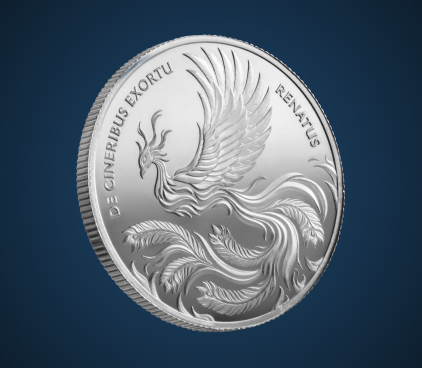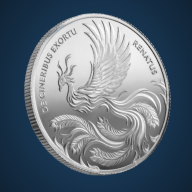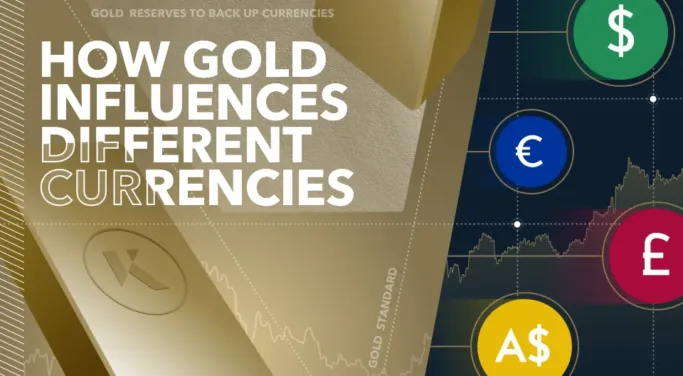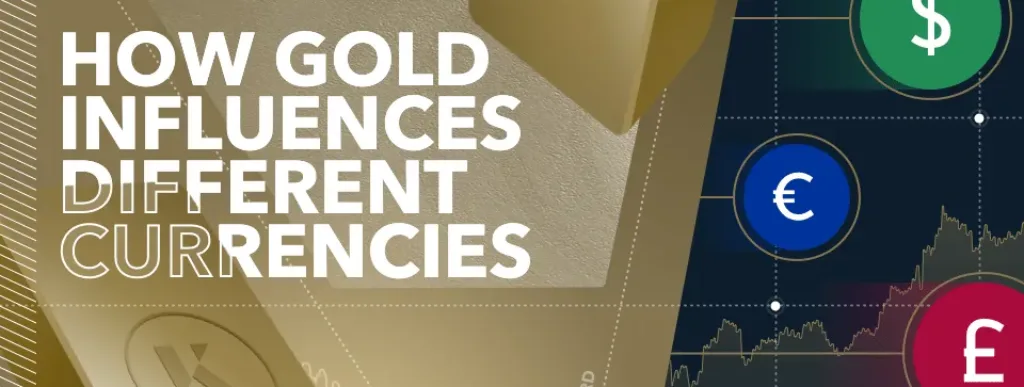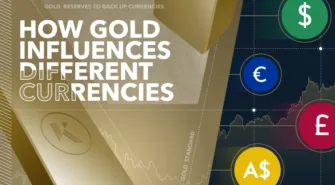Gold has a history dating back centuries as a means of exchange for the trading of goods before its development into the asset underpinning international currencies through the Gold Standard.
Even though the Gold Standard is no longer used after the fiat system displaced it, central banks still hold substantial gold reserves to back up their respective currencies – with the value of the precious metal accepted around the world.
Gold was used to backup fiat currencies
For over 100 years, the Gold Standard was the monetary system used by major economies of the time in which the value of their currencies was backed up by the equivalent amount in physical gold. After the UK first adopted this system in 1821, Portugal, France and Germany soon followed suit before the US also signed up at the turn of the 20th century.
The gold standard proved a successful way for countries to keep their exchange rates stable and encourage the growth of international trade. It also made trading far less cumbersome with people only needing to carry paper and coins rather than quantities of dense and heavy gold.
During the Gold Standard, gold’s influence on global markets was at its peak. However, in the economic fallout from the two World Wars, governments came under pressure to find new ways to raise funds to repair their damaged economies and chose to move away from the rigid framework of the Standard.
Gradually, more and more countries left the Gold Standard before US President Richard Nixon effectively abolished the system with his 1971 decree declaring that foreign governments would no longer be able to exchange US dollars for gold.
Hedge against inflation
A key attraction of the Gold Standard was that it provided a clear limit on the amount of money that could be in circulation, and therefore provided a good hedge against inflation. While the move away from the Gold Standard has freed up governments to inject much more capital into their economies and enable huge growth over the last 50 years, it has also removed this natural peg against runaway inflation.
For individual investors, gold can still play a role as a hedge against inflation with an ounce of gold shown to have retained similar buying power even with the adoption of the current fiat-based currency system.
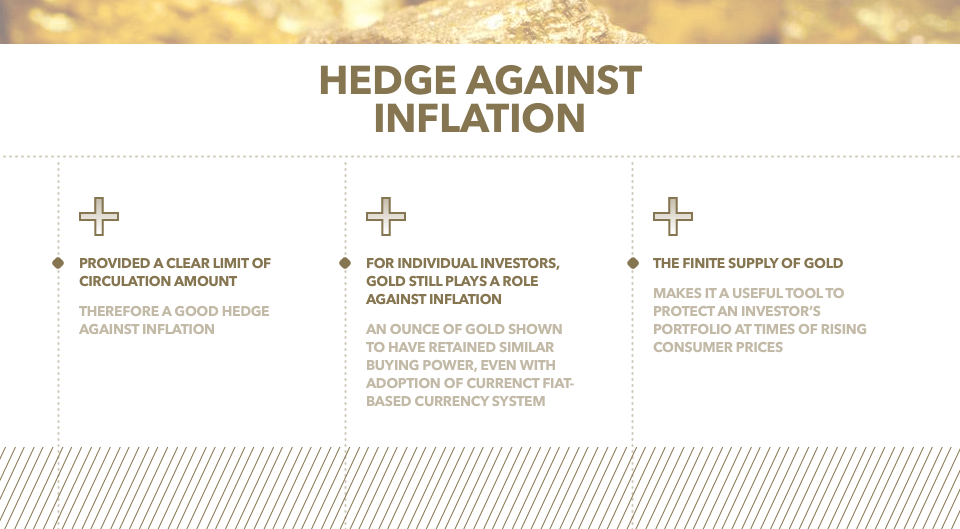
The amount of gold in the world remains finite. The vast majority of the metal that has been mined remains in existence today, as well as its ability to be melted and reused to make a new bar, coin or item of jewellery – ensuring that golden assets endure through generations.
This finite nature of gold supply makes it, alongside the commodities sector more broadly, a useful tool to protect an investor’s portfolio at times of rising consumer prices. It has been interesting to note gold’s reaction in 2022, a year in which inflation hit multi-decade highs and tested gold’s role as an inflation hedge. The precious metal suffered against ever-increasing interest rates by central banks around the world with physical gold not producing a yield, with other interest-bearing assets proving more attractive in its place.
To solve this, Kinesis Money has created KAU, a digital currency underpinned by gold, that can be used for everyday purchases using the Kinesis Virtual Card and pays holders a monthly yield that shares over 50% of transaction fee revenue back to Kinesis users..
Impact of imports and exports
A key metric for the relative strength of a country’s economy is its trade balance or the total value of a country’s exports minus the value of its imports. A trade surplus generates income for the country while net importers will be vulnerable to increases in the prices of those products and affecting the strength of its currency as a result.
With gold traded around the world, the countries that are net exporters of the metal will benefit from a rise in the price of gold while countries that are large buyers of the precious metal like India and China will be adversely impacted.
In recent years, central banks of emerging economies have been increasing their holdings to shore up their currencies and reduce their dependence on the US Dollar, which has grown in strength as the de facto global currency in the post-Gold Standard era.
Value of a local currency
While gold is typically quoted in dollars per ounce, the price of this globally traded asset is available in local currencies around the world. As such, the relative strength of the US Dollar has a huge bearing on the gold price.
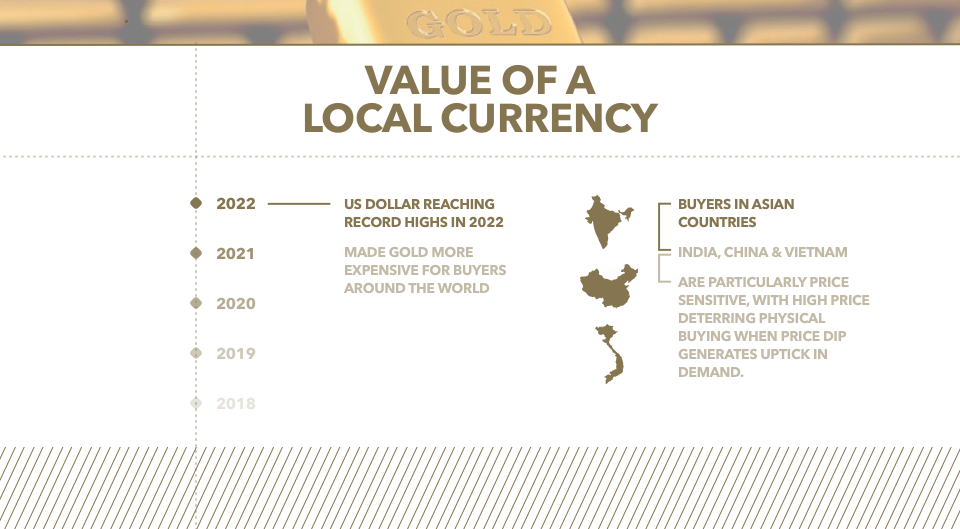
With the US Dollar achieving record highs in 2022, this has made gold more expensive for buyers around the world even if the price of gold itself may have fallen in dollar terms.
Buyers in Asian countries such as India, China and Vietnam are particularly price sensitive, with a high price deterring physical buying while a price dip typically generates an uptick in demand. This was seen earlier in the year when a summer lull in the gold price saw huge volumes of gold leave holdings in Europe and the US to meet Asian demand.
This local pricing of gold is typically a raw calculation of the dollar price converted into the local currency, but significant local demand for gold can generate a premium on top of this base calculation.
So while gold’s influence on global currencies has waned, it still plays a key role in shoring up central bank reserves as well as impacting trade balances.
Rupert is a Market Analyst for Kinesis Money, responsible for updating the community with insights and analysis on the gold and silver markets. He brings with him a breadth of experience in writing about energy and commodities having worked as an oil markets reporter and then precious metals reporter during the seven years he worked at Bloomberg News.
As well as market analysis, Rupert writes longer-form thought leadership pieces on topics ranging from carbon markets, the growth of renewable energy and the challenges of avoiding greenwash while investing sustainably.
This publication is for informational purposes only and is not intended to be a solicitation, offering or recommendation of any security, commodity, derivative, investment management service or advisory service and is not commodity trading advice. This publication does not intend to provide investment, tax or legal advice on either a general or specific basis.







